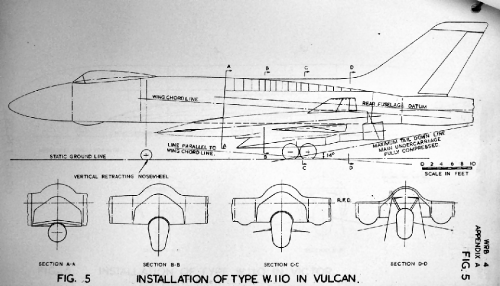- Joined
- 3 June 2006
- Messages
- 3,094
- Reaction score
- 3,956
As an appetizer, I will post two links to scanned pictures showing the "Vulcan "Missileer" concept.
http://i116.photobucket.com/albums/o1/lenny100/vulcan%20missileer/2011-07-25-1612-26_edited.jpg
http://i116.photobucket.com/albums/o1/lenny100/vulcan%20missileer/2011-07-25-1644-03_edited.jpg
I found them at our sister forum Whatifmodelers.
Source: http://www.whatifmodelers.com/index.php/topic,33106.msg516299.html#msg516299
Due to copyright reasons and forums rules, I will not attach these pictures to this post.
http://i116.photobucket.com/albums/o1/lenny100/vulcan%20missileer/2011-07-25-1612-26_edited.jpg
http://i116.photobucket.com/albums/o1/lenny100/vulcan%20missileer/2011-07-25-1644-03_edited.jpg
I found them at our sister forum Whatifmodelers.
Source: http://www.whatifmodelers.com/index.php/topic,33106.msg516299.html#msg516299
Due to copyright reasons and forums rules, I will not attach these pictures to this post.

